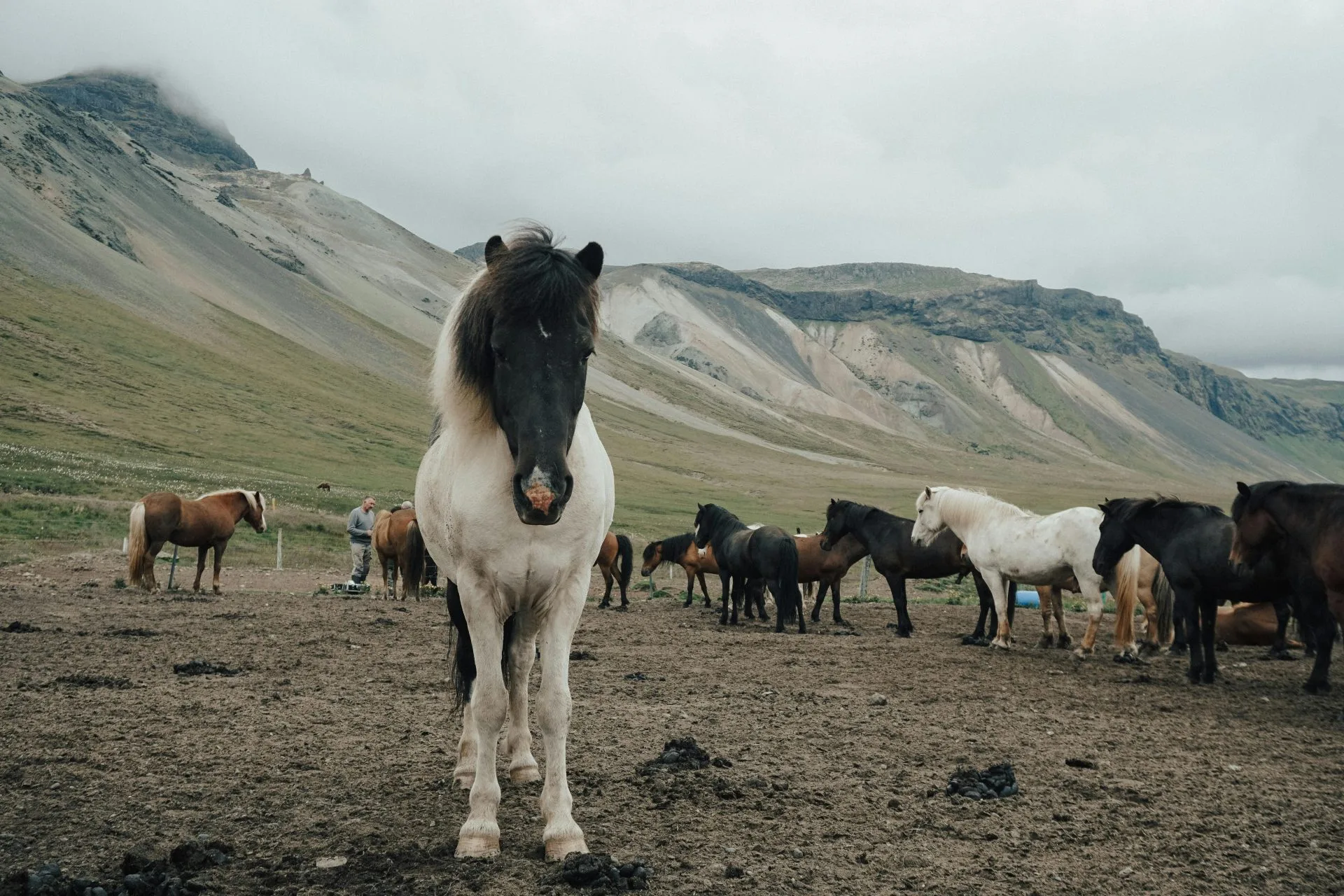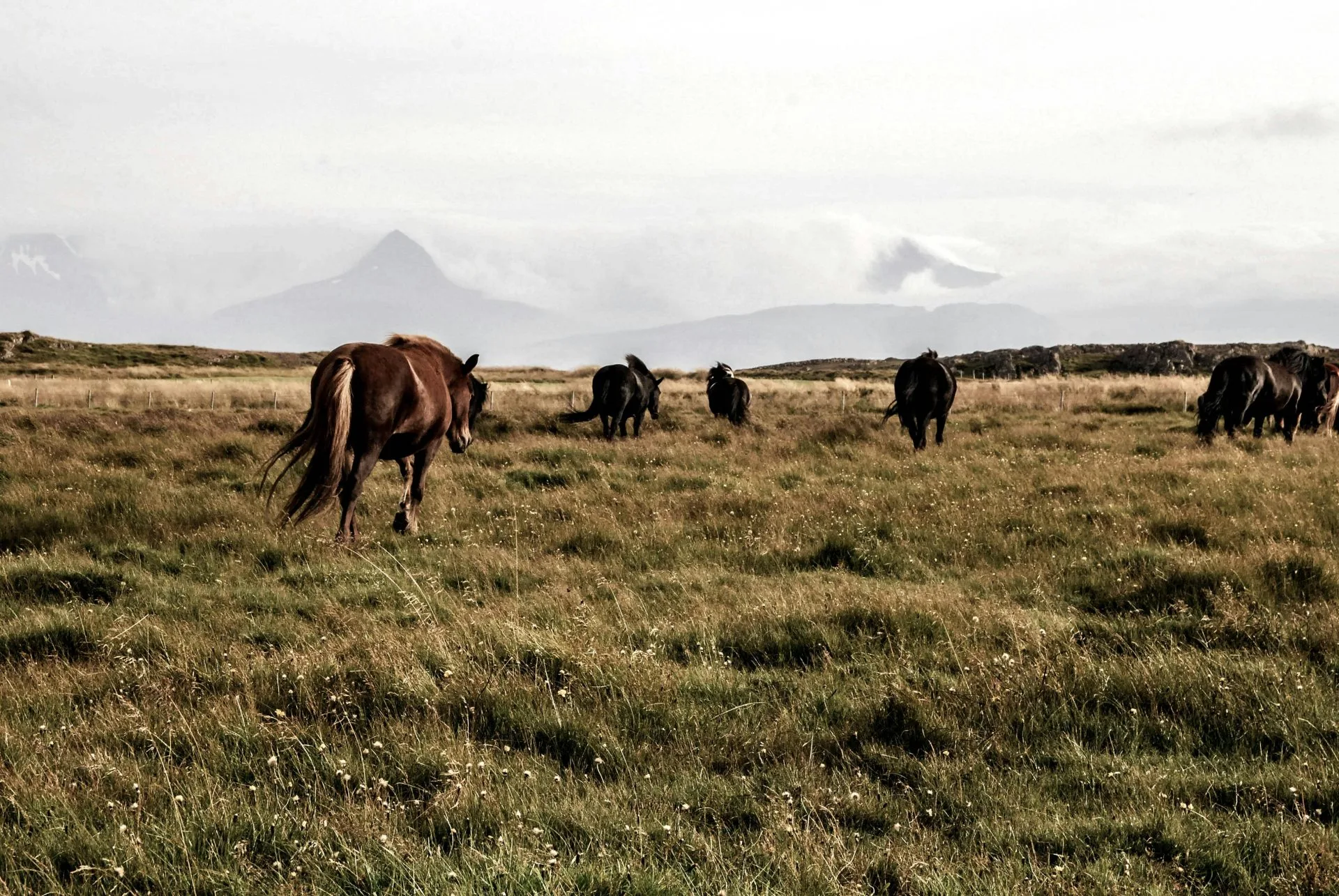Unlike humans, their world speaks of a silent, unbreakable bond, following the dynamics that help them get through difficult times. This secret life of equines is an unseen aspect where true leadership and cooperation are maneuvered. In this article, we guide you through this wondrous world.
The Silent Power
Regarding survival, the herd places complete trust in the lead mare or the stallion. Much like soldiers relying on their commander’s guidance in battle, the woods are the horses’ battlefield, and the mare is their leader. She navigates the group with experience, ensuring they find food, water, and shelter. Leadership here isn’t about loud voices or aggression. Her authority is quiet and composed, built on trust, as the herd follows her instinctive, safe path for every critical decision.
“A lead mare’s power isn’t in her stride but in her quiet wisdom, guiding her herd through the wild with trust, not force.”
Outwardly, people often mistake the stallion as someone having the most critical job of keeping the herd from threats; instead, it is he who helps to avoid them in the first place. With all his decisions rarely put into question, it promises steady harmony within the group.
The ‘Protector’ Stallion
The stallion provides relief and protection to the herd, ready to shoulder any conflicts or harm that might occur during their ‘jungle’ cruise. His presence is important, providing a shield that keeps predators at bay. Also, the stallion’s role describes a dominant figure among the group and a willingness to confront danger head-on.
“A stallion’s true strength lies not in his battle, but in the moment he stands alone, offering himself so his herd may run free.”
It’s vital for the stallion to not only take care of predators but also for rival stallions to wait for any opportunity to pounce upon their group and take control. On top of that, sometimes social conflicts arise between the mare and the foal; it is ‘he’ who reinforces the social bond in the herd.

Hierarchy, Conflicts, and Resolution
While the principal and teacher may be at the top of the hierarchy in a school, classmates often indulge in respective roles, distributing rank among themselves. Similarly, in the herd, certain mares and young horses strive hard to earn their place within the group. This is done by subtle body language, posturing, and sometimes minor confrontations. ‘The big boy gets the candy first’; this social hierarchy determines who gets the best grazing spot, water source, or resting place. When the day finally arrives for the lead mare to take the back seat, another one deemed capable of the task takes her place.
Interestingly, the conflicts between members of the herd are short-lived as they are known to be incredibly social animals, and being cooperative is the only way to ensure their survival. To view this peaceful offering, you’ll need to pay closer attention to the horse’s body language, often conveyed through ear positioning, head tilts, or light nudges. ‘Unity’ amidst the wildness is primarily consequential because a fractured group becomes far more vulnerable to predators.
The Social Bonds
Perhaps the most captivating part of the untamed horses is imagining how deep the connection of their social bonds penetrates. Talking about their social life, horses are not very different from us, homo sapiens. Their connections are evident, especially between mothers and their foals. Hence, from an early age, they are taught the intricacies of survival and the subtleties required to socially interact with one another.
A well-taught foal spins a web of information and relationships and spends his early days closely noticing the rules and learning about them solely by observing his mother and other members. Then, as he grows, he tries and executes his life lessons to develop his skills and be a better fit in the herd. In these early years, they need to recognize the quality best suited to them so they may transition smoothly and find their role in the next generation of dynamics.
Unity: The Evolutionary Advantage
In a dangerous world filled with deadly predators, how is it that these horses survive!? The answer is the powerful one-letter word ‘Unity’. A well-organized and cohesive herd will always have much better chances of survival than scattered horses running off who are just squandering prey in the woods.
What makes this survival more fascinating is that their survival is not individually dependent on brute force or physical prowess alone. Still, instead, they have an evolution favoring social intelligence, cooperation, and the ability to lead and follow. The silent role of the lead mare, the dominant stallion, and the herd’s intricate hierarchy presents us with one of the most delicate balances between power, wisdom, and mutual respect.
The World of Silent Authority and Unseen Leadership
Horses teach us quite a lot, whether as our loyal companions on the field or through their leadership and pack qualities in the forests. Hence, it’s easy to understand why humans and horses share such an intertwined history. What do you think?






